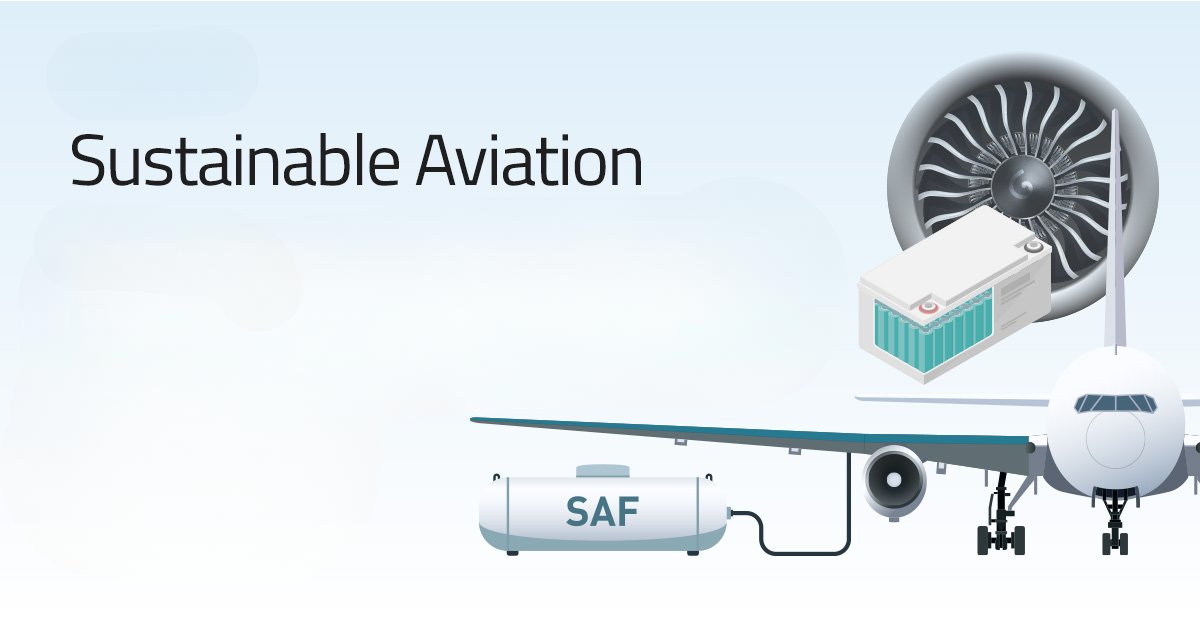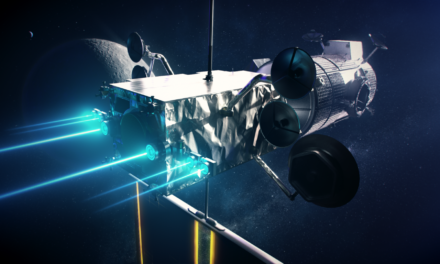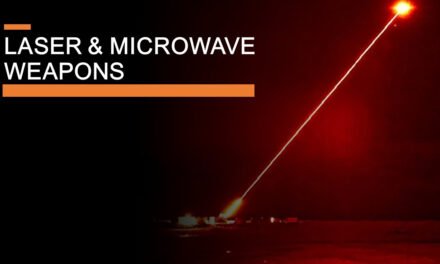Noise reduction technologies play a vital role in advancing sustainable aviation by minimizing the environmental and social impact of aircraft operations. These innovations reduce community noise exposure around airports, meet regulatory requirements, and enhance public acceptance of air travel. By lowering noise levels, these technologies contribute to the broader sustainability goals of aviation, aligning with efforts to reduce emissions, improve operational efficiency, and support urban air mobility (UAM). Here’s how noise reduction technologies contribute to sustainable aviation:
1. Reducing Community Noise Pollution
1.1 Noise Around Airports
- Aircraft noise is a significant concern for communities near airports, leading to public opposition to expansion projects or increased flight operations.
- Impact:
- Noise reduction technologies decrease takeoff, landing, and taxiing noise, improving community relations and enabling more sustainable growth in aviation.
1.2 Meeting Regulatory Standards
- International regulations, such as those from ICAO’s Annex 16, set noise limits for aircraft.
- Impact:
- Adoption of quieter technologies ensures compliance with these standards, enabling airlines to operate in more noise-sensitive areas.
2. Technologies for Noise Reduction
2.1 Quiet Engine Designs
- High-Bypass Ratio Turbofans:
- Engines with larger bypass ratios generate thrust primarily from the fan rather than the combustion process, reducing noise.
- Examples: Pratt & Whitney’s Geared Turbofan (GTF) engines.
- Acoustic Linings:
- Sound-absorbing materials inside engine nacelles dampen fan and exhaust noise.
- Examples: Used in modern aircraft like the Airbus A320neo and Boeing 737 MAX.
- Chevrons:
- Serrated edges on engine nacelles help mix exhaust and bypass air, reducing jet noise.
- Examples: Found on Boeing 787 Dreamliner engines.
2.2 Aerodynamic Improvements
- Laminar Flow Technologies:
- Smoother airflow over the wings reduces drag and noise.
- Winglets:
- Wingtip modifications reduce vortex formation, cutting both drag and associated noise.
- Examples: Blended winglets on the Boeing 737 MAX.
2.3 Electric and Hybrid Propulsion
- Electric Motors:
- Electric and hybrid-electric aircraft eliminate or reduce the noise associated with combustion engines.
- Examples: eVTOL aircraft designed for urban air mobility (e.g., Joby Aviation) focus on ultra-quiet operations.
- Distributed Propulsion Systems:
- Multiple smaller engines spread across the airframe reduce noise at any single source.
2.4 Airframe Noise Reduction
- Landing Gear Fairings:
- Aerodynamic covers over landing gear reduce wind noise during descent.
- Noise-Optimized Flaps:
- Modified trailing edges reduce air turbulence noise during landing.
2.5 Ground Operations Technologies
- Electric Ground Vehicles (e-GSE):
- Electric-powered ground support equipment reduces noise from traditional fuel-based tugs and loaders.
- Single-Engine Taxiing:
- Aircraft operate with one engine during taxiing to minimize noise.
3. Noise-Reduction Strategies for Airports
3.1 Noise Abatement Procedures
- Optimized flight paths avoid residential areas and reduce noise during takeoff and landing.
- Continuous Descent Operations (CDO):
- Aircraft descend gradually rather than in steps, reducing engine noise.
3.2 Acoustic Barriers
- Installation of sound barriers or earth berms around airports minimizes ground-level noise propagation.
3.3 Quieter Runways
- Pavement designed to absorb noise reduces impact during landing and takeoff.
4. Contribution to Urban Air Mobility (UAM)
- Noise reduction is critical for the viability of eVTOL aircraft in urban environments.
- UAM aircraft leverage electric propulsion and advanced aerodynamics to achieve near-silent operations, reducing potential public resistance to their adoption.
5. Benefits of Noise Reduction in Sustainable Aviation
5.1 Enhanced Public Acceptance
- Quieter aircraft reduce community opposition to airport expansions, new flight routes, and urban air mobility initiatives.
5.2 Increased Operational Efficiency
- Noise mitigation allows for night-time operations, increasing airport capacity and flexibility.
5.3 Regulatory Compliance
- Meeting strict noise limits enables airlines to operate globally without restrictions.
5.4 Environmental Synergies
- Noise reduction technologies often align with fuel efficiency improvements, such as advanced wing designs or lighter materials, contributing to both quieter and more eco-friendly aircraft.
6. Future Innovations
6.1 Active Noise Control (ANC)
- Technologies that emit sound waves to cancel out engine or airflow noise in real-time.
- Applications:
- Passenger cabin noise reduction.
- Potential for external noise cancellation.
6.2 Adaptive Materials
- Materials that change shape to optimize aerodynamics and reduce noise dynamically.
- Example:
- Shape-Memory Alloys (SMAs) for adaptive wing structures.
6.3 Supersonic Noise Reduction
- Research into mitigating sonic booms for commercial supersonic travel.
- Example:
- NASA’s X-59 QueSST is designed to produce a quiet sonic thump instead of a boom.
7. Challenges in Noise Reduction
7.1 Balancing Noise and Performance
- Reducing noise often requires trade-offs with weight, fuel efficiency, or cost.
7.2 Integration with Legacy Aircraft
- Noise reduction technologies must be retrofittable or economically viable for existing fleets.
8. Quantifiable Impact
- Community Noise Reduction:
- Modern aircraft are up to 50% quieter than models from 30 years ago.
- Operational Efficiency:
- Noise reduction strategies can increase airport throughput by allowing extended operational hours.
Conclusion
Noise reduction technologies are integral to the future of sustainable aviation. By addressing environmental and social concerns, these innovations enhance public acceptance, meet regulatory standards, and contribute to a quieter, greener, and more efficient aviation system. As noise mitigation technologies evolve, they will play a pivotal role in enabling new paradigms like urban air mobility and supporting aviation’s broader decarbonization efforts.
Hashtags
#AviationNoiseReduction #QuietFlightTech #NoiseReductionInAviation #SilentSkies #SmartNoiseControl #SustainableAviationTech #EcoFriendlyFlightSolutions #GreenAviationInnovation #LowNoiseSustainability #CleanerQuieterFlights #AdvancedNoiseReduction #NextGenAviationTech #InnovativeAircraftDesign #SmartAircraftEngines #CuttingEdgeAviationTech #NoiseReducingMaterials













